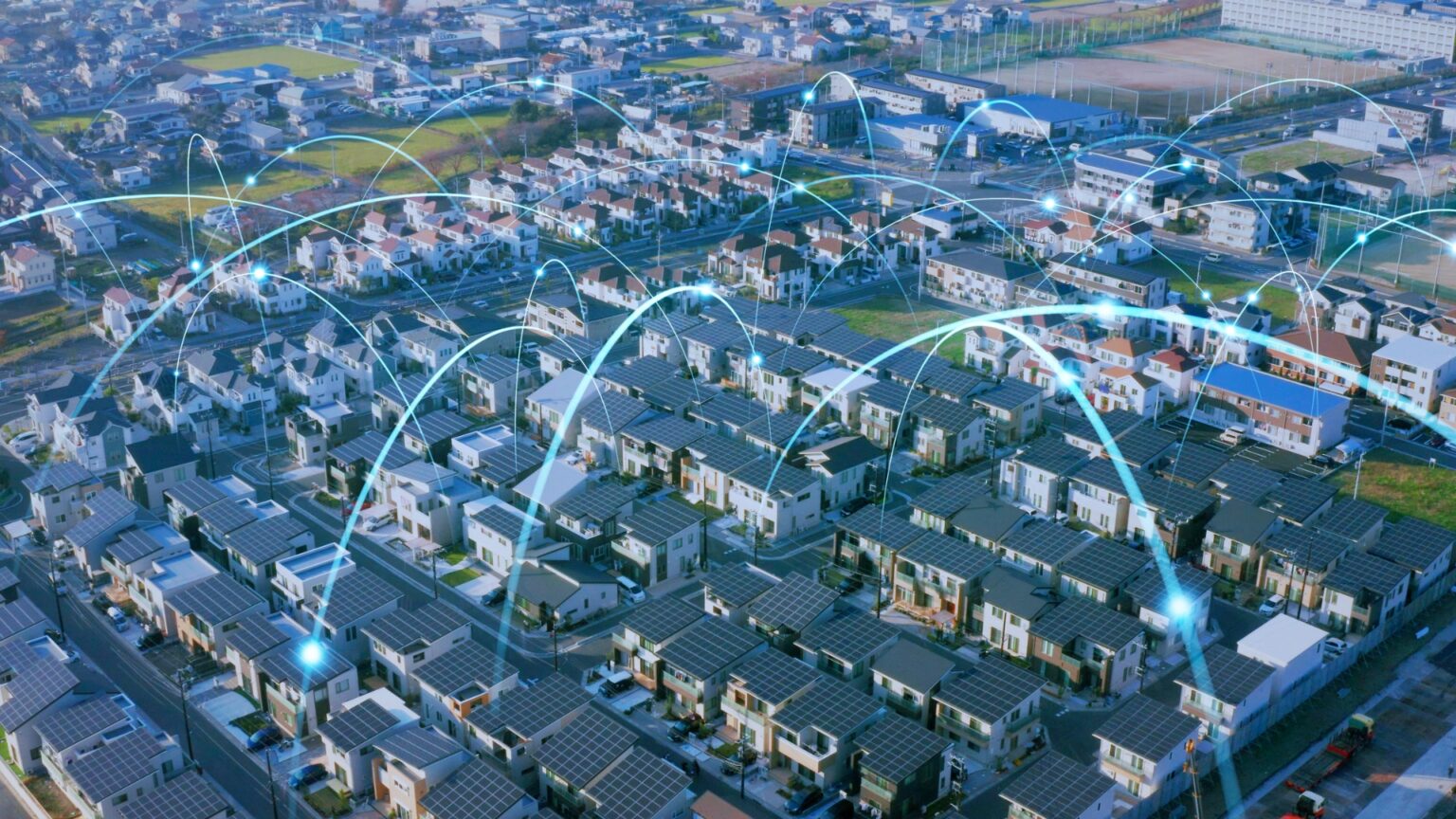In recent years, the global energy sector has witnessed a growing emphasis on smart grid technologies. These advanced systems are increasingly seen as vital in addressing power stability concerns. For example, data from the International Energy Agency indicates that global electricity demand increased by 4% in 2022, a trend expected to continue as electrification and digitalization expand. This rising demand highlights the critical need for infrastructure capable of maintaining reliable power distribution while integrating renewable energy sources.
One of the most significant challenges smart grids aim to mitigate is the prevalence of blackouts, which have costly economic impacts. According to the U.S. Department of Energy, power outages cost the American economy approximately $150 billion annually. These disruptions not only affect industries but also pose severe complications for critical services, such as healthcare and transportation. With climate change contributing to the frequency and severity of extreme weather events, the resilience provided by smart grid systems becomes indispensable.
Smart grids utilize advanced technologies, including real-time data analytics, automated fault detection, and grid reconfiguration, to enhance power reliability. These capabilities are crucial in the early identification and resolution of system vulnerabilities. For instance, during the 2021 Texas power crisis, it was reported that integrating smart grid mechanisms could have reduced demand by about 10%, possibly preventing controlled outages. This illustrates the potential smart grids have in balancing supply and demand under extreme conditions, thus minimizing disruptions.
The integration of renewable energy sources poses additional challenges that smart grids are uniquely positioned to address. Renewable energy, while sustainable, is often intermittent and can introduce volatility into the power supply. Smart grids, through advanced forecasting and real-time management, can efficiently balance these fluctuations. This capability is paramount as the International Renewable Energy Agency projects that renewable sources will account for 85% of global energy by 2050. Ensuring the seamless integration of these sources is vital for achieving energy security and sustainability goals.
Despite these promising capabilities, the implementation of smart grids is not without its challenges. The high initial costs and the complexity of transitioning existing infrastructure pose significant barriers. Moreover, cybersecurity concerns remain a persistent threat, given the increased digitalization of grid systems. The European Union Agency for Cybersecurity has emphasized the necessity of robust security measures to protect against cyber threats that could compromise grid operations.
To address these challenges, stakeholders in the energy sector are exploring various solutions. Governments and utility companies are increasingly investing in public-private partnerships to share the financial and technological burdens of smart grid deployment. Additionally, international collaboration on cybersecurity standards and the development of more cost-effective technologies are prioritizing a secure transition to smart grid systems.
The role of smart grids in preventing future blackouts and ensuring energy stability is underscored by their potential to handle increased electricity demand, integrate renewable energy, and enhance grid reliability. However, overcoming implementation challenges requires collective efforts involving policy frameworks, financial investment, and technological innovation. As the world moves towards a more electrified and sustainable future, smart grids will undoubtedly be at the forefront of this transition.





